How to Prepare Your Garden for Spring Plantings
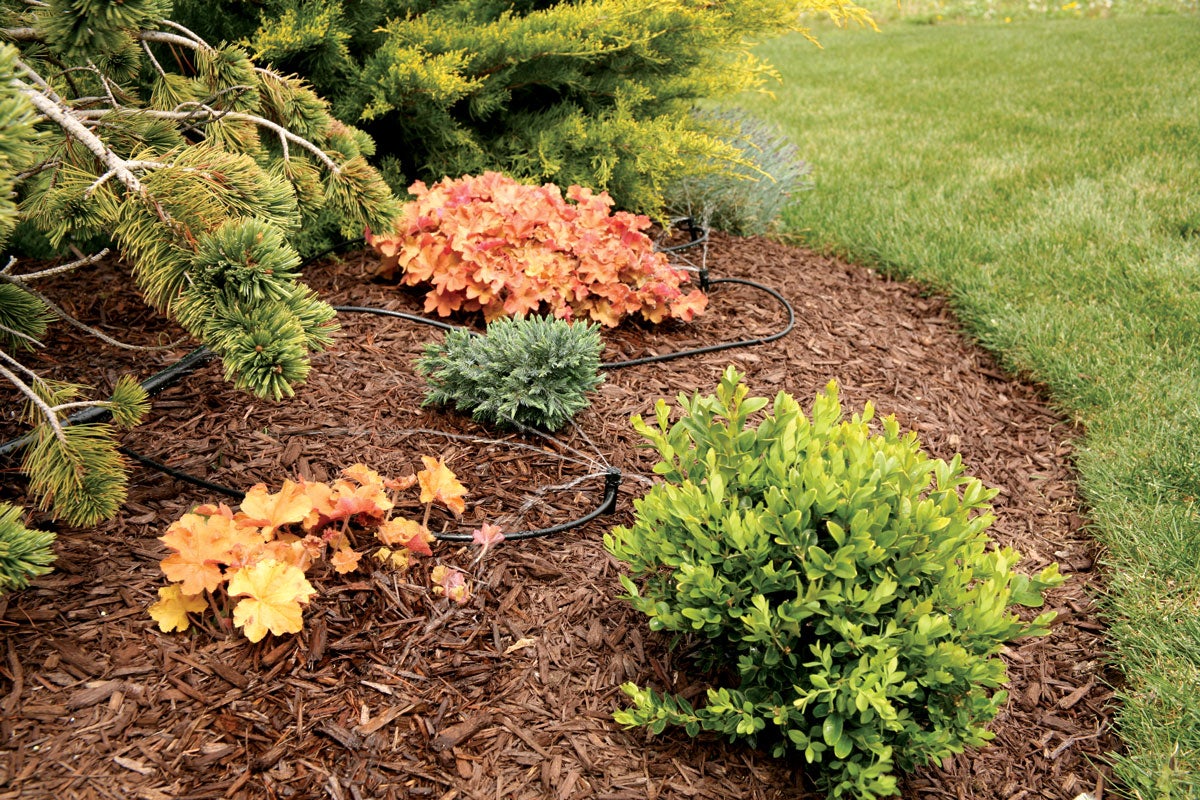
This may have seemed like a long winter, but your patience is about to be rewarded. At last, the best time of year is almost here: Spring growing season!
But before you start shopping for the season’s first seedlings, there’s a lot that needs to be done in your garden to get it ready for spring. After all, you can buy what you think are the perfect plants, but they’re not going to thrive on their own.
Here are some simple steps to take before planting begins so that you are giving your garden the healthiest environment possible.
Clear Out the Debris
Chances are your garden has gathered some extra debris over the winter months. Before you start thinking of what you’ll plant this spring, first get rid of the remnants of the last season. Clear away anything in your garden until you’re back to just soil. That includes any twigs, mulch, or weeds that may have survived the winter.
Prune What’s Already There
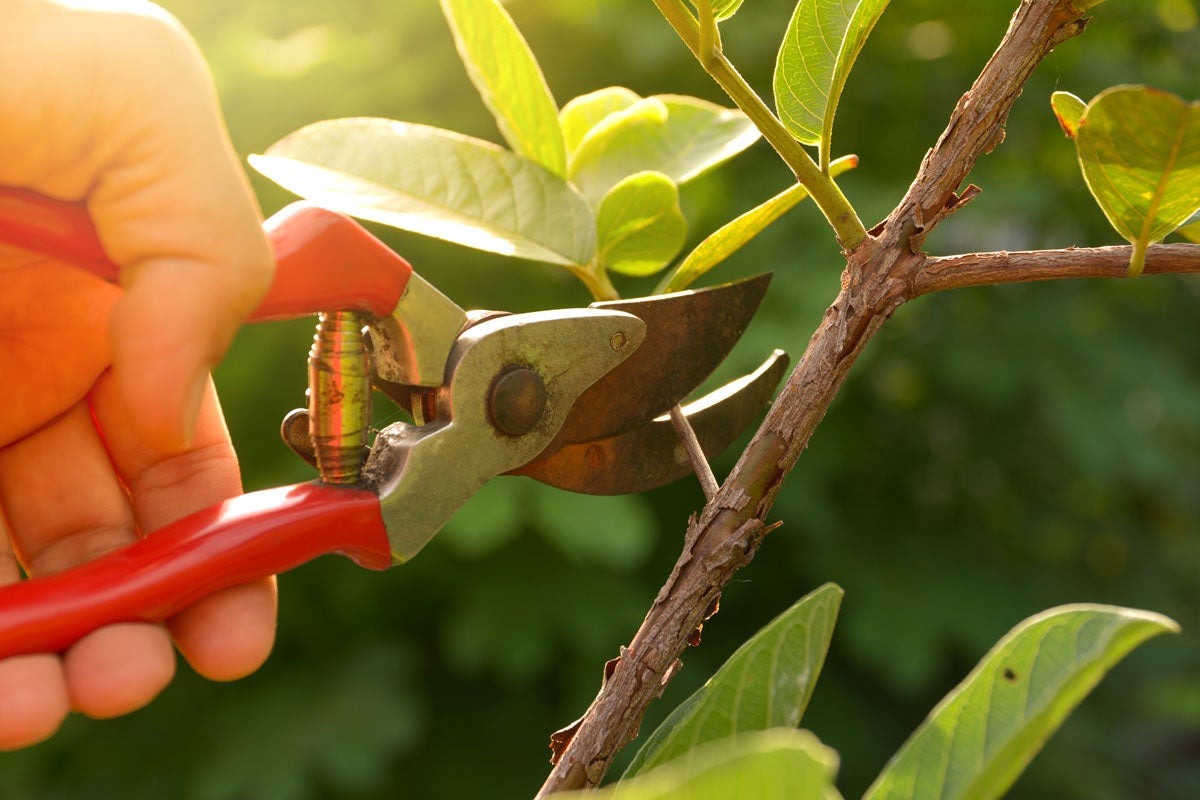
This is the perfect time of year to begin shaping your deciduous trees and shrubs with a good pruning. If you’re worried about stimulating new growth while the temperatures are still cool, don’t be. Plants are still dormant, so new cuts won’t harm them.
But don’t get carried away. Keep your pruning to no more than one-third so don’t put too much stress on plants.
Get Your Tools in Good Shape

Your gardening tools will be only as good as the care they receive. You probably gave them a good hose down before you stored them for the winter, but that may not be enough. Your tools can still be holding bacteria or fungal spores from dirt and debris that stuck with them all winter. Soaking your tools for about 30 minutes in a solution of 10% bleach and 90% water can eliminate these hidden dangers to healthy soil. You will also want to get your pruners sharpened at this time of year. This maintenance will help your plants heal more quickly after being cut.
Prepare Your Soil
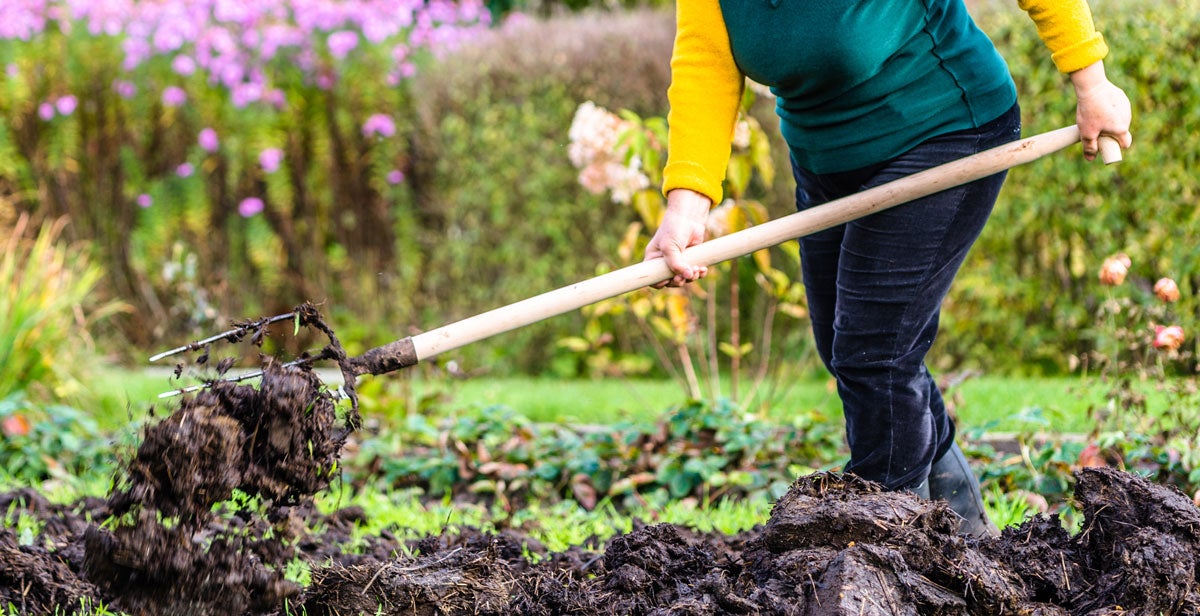
During the winter, the soil in your garden beds most likely became compacted. Loosen up your soil by tilling it or turning it. If there is leftover mulch or debris that is well-composted, no worries. Mix it right into the soil as you loosen it. Next, conduct a soil test to see where its pH and nutrient levels are. This will help you determine what kind of compost or materials you need to add to improve the soil’s texture, nutrient content, and moisture retention. Finally, give the garden bed a light watering to help settle the soil you’ve loosened and release any air pockets you may have created.
Take Time to Plant and Transplant
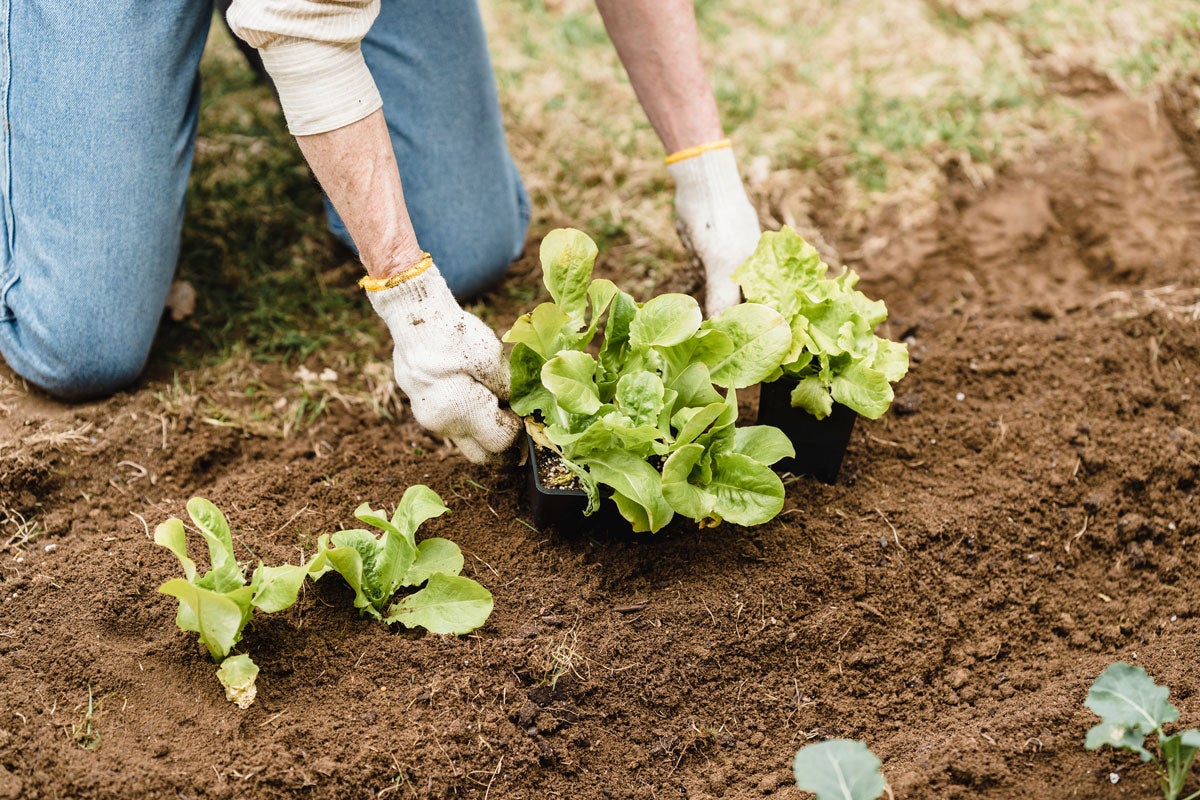
Next to the fall, early spring is the best time to plant or transplant any trees or shrubs that you will be making part of your garden. This is because the temperatures are cool enough to give plants time to spread their roots in their new environment before the summer heat sets in.
Your transplanted plants will need to be watered well to remove any air pockets that may have formed and to settle the soil around the roots.
Prepare for Composting
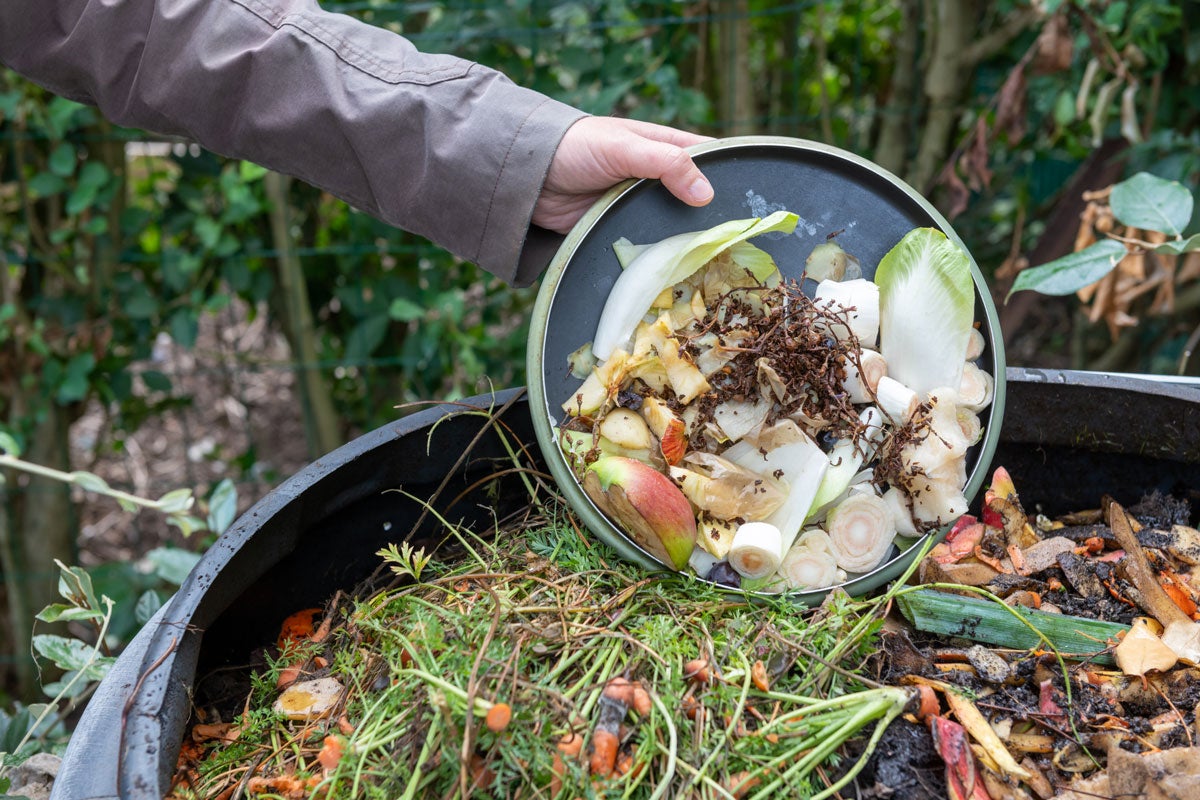
If you don’t already have an area for compost, now is the time to create one. Whether you go for a ready-made bin or one you build yourself, a compost area will be the gift that keeps on giving as it will provide organic waste that your plants will thrive on. You’ll want a good mixture of grass clippings, vegetable peels, and prunings to keep your compost beneficial to your plants.
Make Any Structural Improvements
You’ve had several months now to think about any structural improvements you want to make to your garden. Maybe you’ve decided to install a retaining wall, a walkway, irrigation system, or a deer fence to keep your garden safe. Now is the perfect time to tackle these improvements while your garden to-do list is still light. This way, you’ll be able to enjoy your garden with all its beauty when the time comes instead of tackling projects then.
Create a Planting Plan
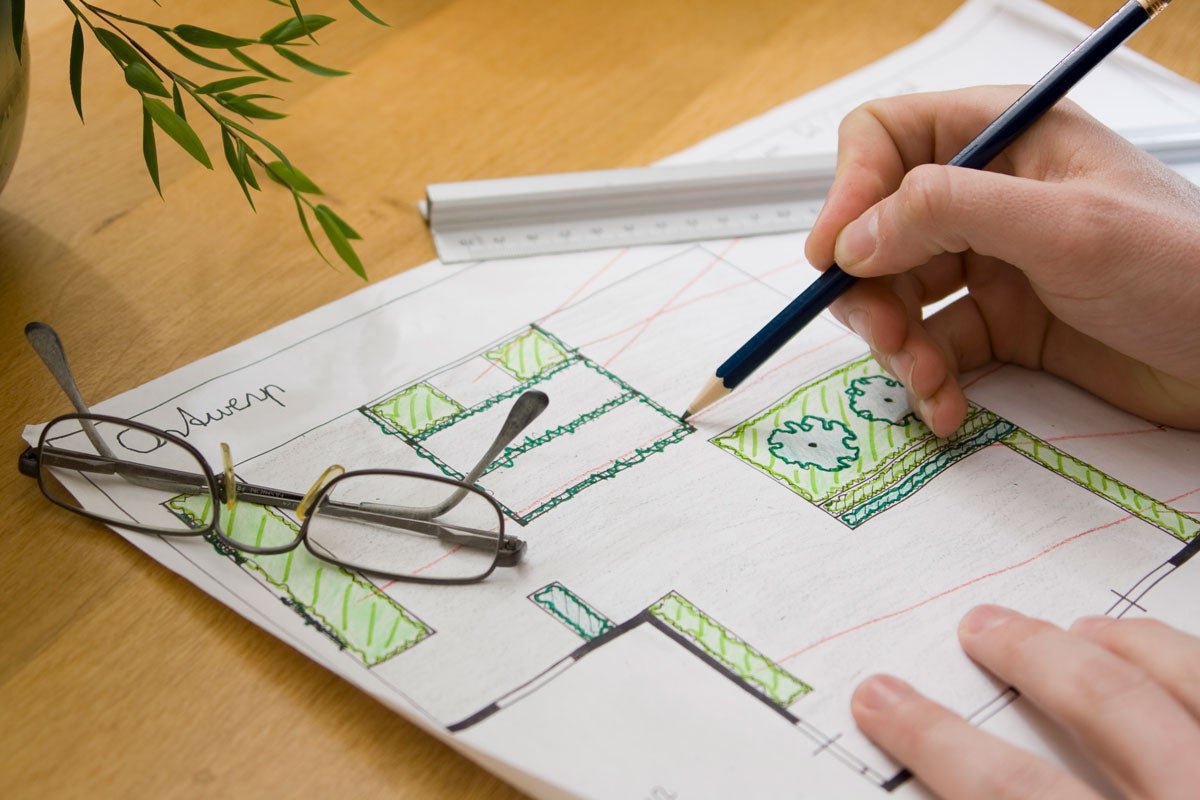
Depending on how ambitious your garden is this year, you’re going to need a plan. It’s a good idea to plan out where and when to plant your different plants and flowers. With a plan in place, you will be sure not to miss that sometimes narrow window of time when it’s ideal to put something in the ground.
Divide Your Perennials
Perennials (especially daylilies, Shasta daisies, and hostas) tend to overgrow and crowd one another. Over time, this means their performance will deteriorate year after year. Before the growing season hits its stride, take this time to divide some of your perennials and distribute them throughout your garden. Replanting them elsewhere will not only keep them healthy and beautiful, but it will also expand your garden without costing a cent.
Give the Soil a Few Final Touches
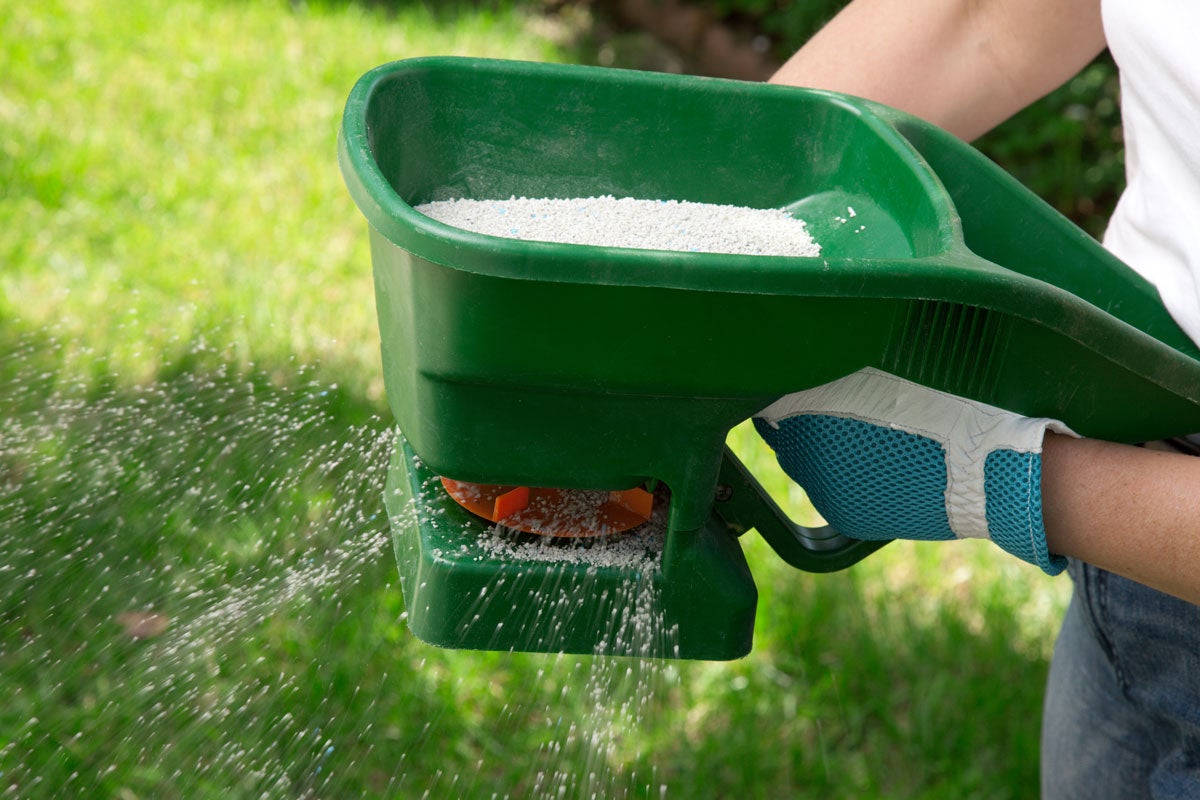
It’s time to make the soil as ready as possible for all of your plants. That means it’s time to think about the fertilizer you’ll use depending on what you’re planting. Choose a fertilizer that will give your plants the extra nutrients they need to thrive. Getting this fertilizer down a few weeks prior to planting will give the nutrients time to spread throughout the soil for maximum benefits when your plants are in the ground.
Finally, don’t forget the mulch. Mulch helps with many things such as controlling moisture and eliminating weed growth. However, if you’re planting from seeds, wait a bit to let your seedlings germinate. If you’re transplanting seedlings from elsewhere, though, mulching beforehand is just fine.
As temperatures get a little warmer and days get a little longer, take advantage of this time of year to get ready for the garden you’ve been dreaming about all winter. With some simple preparation, your plants will flourish and bring you happiness throughout the spring and summer.
The final step to having your perfect garden this spring is the ideal irrigation system for all your plants, flowers, and landscaping. Rain Bird offers personalized design services that help you achieve the perfect watering system for your property. With just a few sketches and measurements, Rain Bird can give you a plan, down to the shopping list of supplies, for your idyllic irrigation setup.
